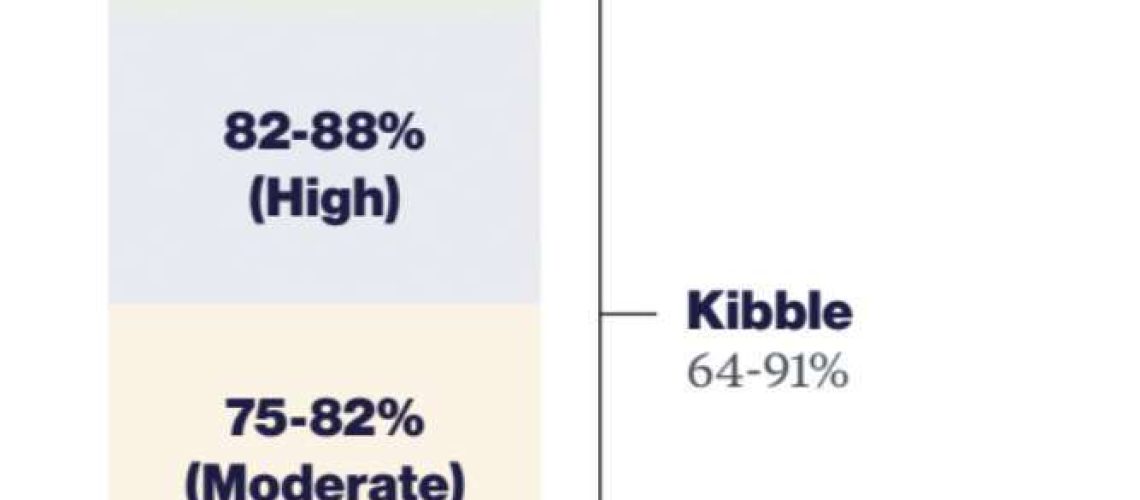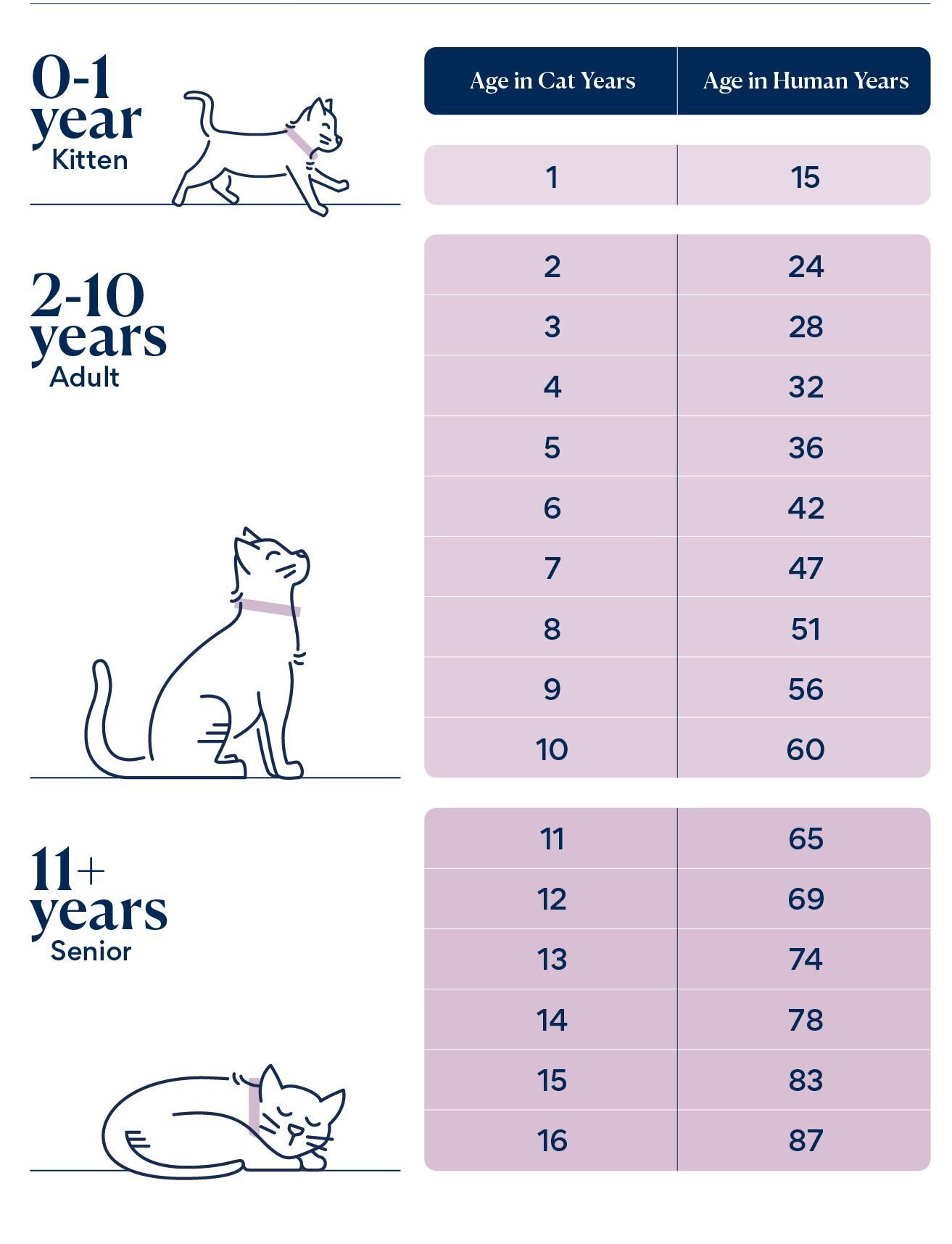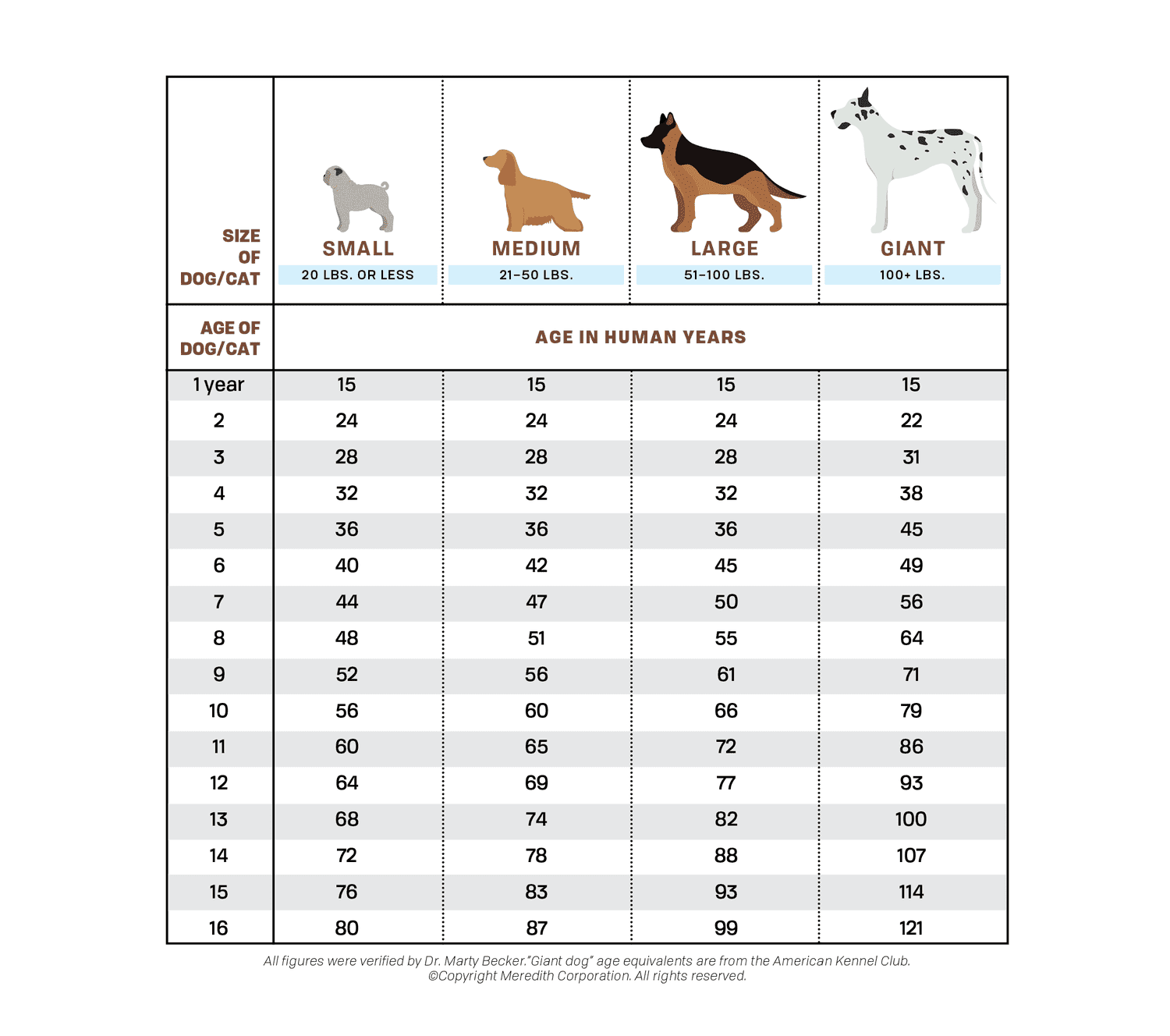Key Takeaways:
- Dogs have a relatively fast digestion process compared to humans, taking about 4 to 6 hours for food to pass through their system.
- The size and type of food can affect the digestion time in dogs, with larger meals and high-fat foods taking longer to digest.
- Factors such as age, breed, and individual metabolism can also influence the digestion speed in dogs.
- Properly chewed food aids in faster digestion and nutrient absorption in dogs.
- If a dog experiences prolonged digestion times or digestive issues, it is important to consult a veterinarian for proper diagnosis and treatment.
Are you curious about how long it takes for your furry friend to digest their food? Understanding the digestion process in dogs can provide valuable insights into their overall health and well-being. Whether you're a dog owner or simply fascinated by the inner workings of our canine companions, this topic is essential for everyone. By delving into this subject, we can uncover fascinating facts that may surprise you and help you make informed decisions about your dog's diet. So, let's embark on this journey together and explore just how long it takes a dog to digest food!
How Long Does It Take for a Dog to Digest Food?
Dogs are known for their love of food, but have you ever wondered what happens to that food once they eat it? Well, let me break it down for you. The digestion process in dogs starts as soon as they take a bite. From there, it takes about 4-6 hours for the food to move through their stomach and small intestine. But that's not the end of the story! After that, it can take an additional 10-24 hours for the food to travel through their large intestine and be eliminated as waste. So all in all, it can take anywhere from 14-30 hours for a dog to fully digest its food.
Here's a breakdown of the digestion process in dogs:
- The mouth: Dogs use their sharp teeth to chew and break down their food into smaller pieces.
- The esophagus: Once the food is chewed, it travels down the esophagus (a long tube) and into the stomach.
- The stomach: In the stomach, the food mixes with digestive juices and begins to break down even further.
- The small intestine: From the stomach, the partially digested food moves into the small intestine where most of the nutrients are absorbed into the bloodstream.
- The large intestine: Finally, any remaining water is absorbed in the large intestine before the waste is eliminated as poop.
So next time you see your dog gobbling up its food, remember that it's just the beginning of a fascinating journey through its digestive system!
Food Breakdown: How Does a Dog's Body Process What It Eats?
Have you ever wondered how your dog's body breaks down the food it eats? Well, wonder no more! When a dog eats, its body goes through a complex process to extract all the necessary nutrients. Let me explain.
Here's how a dog's body processes food:
- The mouth: The digestion process starts in the mouth where the food is chewed into smaller pieces and mixed with saliva.
- The esophagus: Once the food is chewed and mixed with saliva, it travels down the esophagus (a long tube) and into the stomach.
- The stomach: In the stomach, digestive juices break down proteins and other nutrients in the food.
- The small intestine: From the stomach, the partially digested food moves into the small intestine where most of the nutrients are absorbed into the bloodstream.
- The large intestine: Finally, any remaining water is absorbed in the large intestine before waste is eliminated as poop.
It's amazing how our furry friends' bodies work to make sure they get all the necessary nutrients from their food!
Moving Along: How Long Does Food Take to Move from a Dog's Stomach to Its Small Intestine?
When a dog eats, the food travels through its digestive system, starting in the stomach and eventually reaching the small intestine. The journey from the stomach to the small intestine can take anywhere from 2 to 4 hours. During this time, the food is broken down further by stomach acids and enzymes, turning it into a semi-liquid substance called chyme. The chyme then passes through the pyloric sphincter, a muscular valve that controls the flow of food from the stomach to the small intestine.
Once in the small intestine, digestion continues with the help of bile and pancreatic enzymes. These substances break down proteins, fats, and carbohydrates into smaller molecules that can be absorbed by the body. The inner lining of the small intestine is covered in tiny finger-like projections called villi, which increase its surface area and allow for better absorption of nutrients. From here, nutrients are absorbed into the bloodstream and transported to different parts of the body for energy and growth.
The Pyloric Sphincter
The pyloric sphincter plays a crucial role in regulating the movement of food from the stomach to the small intestine. It acts as a gatekeeper, allowing only small amounts of chyme to pass through at a time. This controlled release ensures that digestion proceeds at an optimal pace and allows for thorough nutrient absorption in the small intestine.
Villi: The Absorption Powerhouses
Villi are like tiny fingers lining the walls of the small intestine. Their purpose is to increase surface area for nutrient absorption. Each villus contains blood vessels and lymphatic vessels that transport nutrients away from the intestines and into circulation throughout your dog's body.
Inside the Small Intestine: What Happens to Food and How Long Does It Take?
Once the food enters the small intestine, it undergoes further digestion and absorption. The inner lining of the small intestine is covered in millions of tiny finger-like projections called villi. These villi increase the surface area of the small intestine, allowing for better absorption of nutrients into the bloodstream.
The process of digestion in the small intestine can take anywhere from 4 to 6 hours. During this time, enzymes produced by the pancreas and bile produced by the liver break down proteins, fats, and carbohydrates into smaller molecules that can be easily absorbed by the body. The nutrients are then transported through the walls of the small intestine and into the bloodstream.
Pancreatic Enzymes
The pancreas plays a vital role in digestion by producing enzymes that help break down proteins, fats, and carbohydrates. These enzymes are released into the small intestine where they work together with bile to further break down food particles.
Bile: The Fat Emulsifier
Bile is produced by the liver and stored in the gallbladder until it is needed for digestion. Its main function is to emulsify fats, breaking them down into smaller droplets that can be more easily digested and absorbed by the body.
The Large Intestine: What Goes on During Digestion and How Long Does It Last in Dogs?
After passing through the small intestine, any undigested food particles enter the large intestine or colon. The main function of the large intestine is to absorb water from waste material before elimination. This process typically takes around 12 to 24 hours.
In addition to water absorption, bacteria present in the large intestine ferment any remaining carbohydrates and fiber, producing short-chain fatty acids that provide energy to the cells lining the colon. These fatty acids also help maintain a healthy environment in the large intestine.
Water Absorption
The large intestine absorbs water from undigested food, making the waste material more solid and compact. This allows for easier elimination and prevents dehydration.
Bacterial Fermentation
The bacteria present in the large intestine play an essential role in breaking down any remaining carbohydrates and fiber that were not digested in the small intestine. This fermentation process produces short-chain fatty acids, which provide energy to the cells lining the colon and contribute to overall gut health.
Factors Affecting Digestion Time in Dogs: What Can Speed It Up or Slow It Down?
Several factors can influence how quickly or slowly food moves through a dog's digestive system. These factors include:
- Type of Food: Different types of food have varying digestion times. For example, high-fiber foods tend to take longer to digest compared to low-fiber foods.
- Dog's Age: Puppies generally have faster digestion times than adult dogs.
- Dog's Size: Smaller dogs may have faster digestion times compared to larger breeds.
- Dog's Health: Certain health conditions can affect digestion speed, such as gastrointestinal disorders or pancreatic insufficiency.
- Activity Level: Regular exercise can help stimulate digestion and promote regular bowel movements.
Dry Kibble vs. Canned Food: Is There a Difference in How Quickly Dogs Digest Different Types of Food?
The type of food a dog consumes can indeed affect its digestion time. Dry kibble and canned food have different compositions, which can impact how quickly they are broken down and absorbed by the body.
Dry kibble generally takes longer to digest compared to canned food. The dry texture requires more time for the digestive enzymes and stomach acids to break it down into smaller particles. On the other hand, canned food is already moist and soft, making it easier for the digestive system to process.
Dry Kibble Digestion
When a dog eats dry kibble, it needs to produce more saliva to help soften and break down the food before swallowing. Once in the stomach, the kibble absorbs gastric juices, expanding in size. This expansion can lead to a feeling of fullness and slower digestion.
Canned Food Digestion
Canned food is already moist and has a higher water content compared to dry kibble. This makes it easier for the stomach acids and enzymes to break it down into smaller particles. As a result, canned food tends to be digested more quickly than dry kibble.
The Whole Process: From Eating to Elimination, How Long Does Dog Digestion Typically Take?
The entire process of digestion in dogs typically takes around 8 to 10 hours from eating to elimination. However, this timeframe can vary depending on factors such as the type of food consumed, individual metabolism, and overall health.
After eating, it takes about 2-4 hours for food to move from the stomach to the small intestine. In the small intestine, digestion continues for another 4-6 hours as nutrients are absorbed into the bloodstream. The remaining undigested material then enters the large intestine where water absorption occurs over a period of 12-24 hours. Finally, the waste material is eliminated through the rectum and anus.
Individual Variations
It's important to note that individual dogs may have variations in their digestion times. Factors such as breed, age, size, and overall health can influence how quickly or slowly a dog's digestive system processes food.
Monitoring Digestion
As a responsible pet owner, it's essential to monitor your dog's digestion. Pay attention to any changes in appetite, stool consistency, or frequency of bowel movements. If you notice any significant changes or concerns, it's best to consult with a veterinarian for proper evaluation and guidance.
In conclusion, it takes a dog about 4 to 6 hours to digest food. However, the exact time may vary depending on the type of food and the dog's size and health. It is important to feed dogs a balanced diet and give them enough time to properly digest their food.
How long does it take a dog to digest food and poop it out?
On average, it typically takes around 6-9 hours for food to move through a dog's digestive system. However, factors such as age, diet, and breed can affect the time it takes for a dog to fully digest food.
How long does food stay in a dog's stomach?
According to PetMD, it typically takes around 8 to 10 hours for a dog's digestive system to fully digest a meal. However, this timeframe can vary between 12 hours and 4 hours, depending on the breed of the dog and the specific type of food it consumed.
How long does it take for a 40 pound dog to digest food?
On average, it takes dogs between four to eight hours to digest food, although it can take up to 12 hours. The digestion time can vary based on factors such as the breed or size of the dog, the type of food they eat, their level of physical activity, and the composition of their gut microbiome.
How often should you feed a dog?
The frequency of a dog's meals is determined by the daily routine of the family. It is recommended for dogs to have at least two meals a day, with a 12-hour interval between them. However, a schedule consisting of breakfast, lunch, and dinner is also a suitable choice. If there is a gap of more than 12 hours between meals, the dog's stomach may become excessively acidic, leading to feelings of nausea.
What is the best time to feed a dog?
You have the flexibility to feed your dog between 7:00 a.m. and 9:00 a.m. in the morning. For young puppies, it is recommended to feed them between 7:00 a.m. and 7:30 a.m. to evenly distribute their meals four times a day. Ideally, there should be a 12-hour gap between each adult dog meal.
Will dogs eat after they are full?
In some cases, the dog's stomach can be pumped in time to prevent any complications, while in other cases, it may not be possible. However, most dogs will naturally stop eating once they have consumed enough food.

















